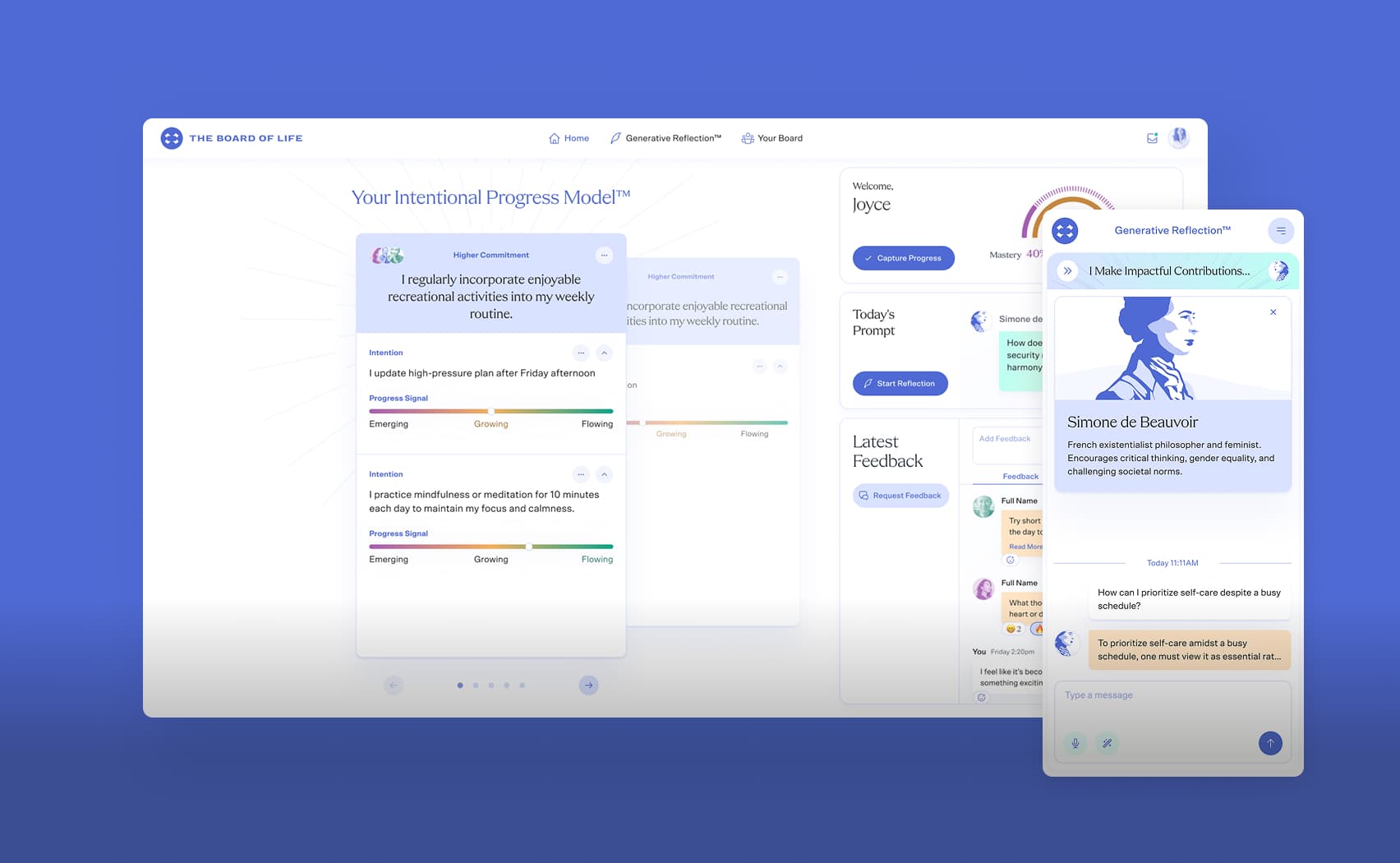Women in Tech: Why are only 10% of software engineers female?
In the first decades of electronic computing, many of the most important programmers were women. Grace Hopper, Evelyn Boyd Granville, and Margaret Hamilton were the female computing pioneers of the 1950s and 60s.
But flash forward more than a half century, and the picture looks much different. Although more women than men graduate from college, and the computing world has boomed for decades, only a small fraction of computer programmers are women.
It is difficult to say for certain exactly what percentage of software developers are female, because of the limitations of available data. Not all data is current. Some surveys group many jobs together as “tech”, or do not distinguish between different kinds of computing jobs. Additionally, industry representation varies from country to country and is affected by a wide range of cultural factors.
Even so, all data point to a stark gender gap between men and women. Studies specifically focused on software developers suggest that as few as 8-10% of all software developers are female.
Why are so few women in tech? There is no one answer, because many factors may push women away from a computing career. There is something of a chicken-and-egg problem as well: having few female software developers now makes it harder for new women to become programmers.
Some of the main reasons why only 10% of software developers are female include:
- Fewer computer science degrees
- Lower retention
- Problems with workplace culture
- Lack of representation
Fewer computer science degrees
While it is not always necessary to have a degree to get a job as a computer programmer, a computer science degree is one of the most common pathways into the tech field. Fewer women obtaining CS degrees means fewer women becoming software developers.
According to the National Science Foundation, women earned only 19% of computer science degrees in 2016. This has actually dropped over the past few decades- in 1985, 34% of CS degrees were granted to women.
This happens at a time when more women overall are graduating college- in fact, more women than men graduate from college in the United States each year now. Higher rates of women obtaining CS degrees in the past might have been because women interested in tech were more likely to go to college in the first place. But now, women go to college whatever their interests are.
One positive development, however, is that more women are seeking graduate degrees in CS than before. In 2016, 31% of CS masters degrees were granted to women, up from 28% in 1997. This suggests that many women who do graduate with a CS degree often wish for additional specialization.
Lower retention
Not everyone who studies computer science winds up in a tech career. Only 38% of women who majored in computer science are currently working in tech- further compounding the gap due to fewer degrees. By comparison, 53% of men who majored in computer science are currently working in tech.
Part of this could be attributed to the fact that the rigors of a computer science degree prepare you for all kinds of challenges, so it is not uncommon to see graduates wind up in management or consulting. But this probably doesn’t explain the full story. Women may feel unsupported in their process of moving into a career when so much career advice is geared toward men.
Problems with workplace culture
A major obstacle facing many women in tech is an unfriendly, male-dominated culture. While it is difficult to quantify culture, several pieces of information point to common problems that women experience.
A 2017 Pew Research poll found that 50% of women reported gender discrimination at work, compared with 19% of men. This effect was more pronounced for women holding postgraduate degrees, 62% of whom reported some form of gender discrimination. Additionally, 36% of women said that sexual harassment was a problem at their workplace.
Unwelcome cultural environments create situations where women may feel compelled to leave. Often, they may feel they are unfairly passed over for promotion, or assigned work that doesn’t fit their skillsets. Unsurprisingly, many women switch careers after just a few years.
It is important to keep in mind that these are generalities. Not every company has a chauvinistic, male-dominated culture. But those that do may tend to lose their female employees, making it even harder for women to establish a presence there in the future.
Lack of representation
Female representation in company culture is crucial in many ways:
- It creates role models for women who may be on the fence about pursuing the industry.
- It provides opportunities for mentorship.
- It gives women a voice in organizational decision-making.
The fact that there are not enough women in tech, therefore, makes it more difficult to increase the number of women in tech. A lack of strong female representation creates a vicious circle that maintains the status quo.
The employment gap now means an employment gap later. Although women make up 47% of the US workforce, in 2015, they held only 25% of computing jobs. Yet this comes at a time when tech is booming and has been for decades.
Interestingly, the employment gap does not exist for all traditionally male-dominated fields. About two-thirds of marketing workers are women, for example. This could be because marketing jobs don’t require as specialized a skill set, so women of any college major can apply. Regardless, marketing does not have the same lack of female representation, so women pursuing marketing may find it easier to find a mentor and a voice.
Conclusion
There is no one reason why women are so underrepresented as software developers. Fewer computer science degrees, a low retention rate, problematic culture, and a lack of representation all contribute to the gap.
Having an equitable gender balance is important for any organization. Research suggests that diversity correlates with increased financial performance.
In terms of software development, having a balanced male/female gender ratio creates a fair work culture that takes inputs from all kinds of voices. There is nothing intrinsically masculine about writing code, which is why restricting women from software development roles cuts out a lot of valuable talent.



